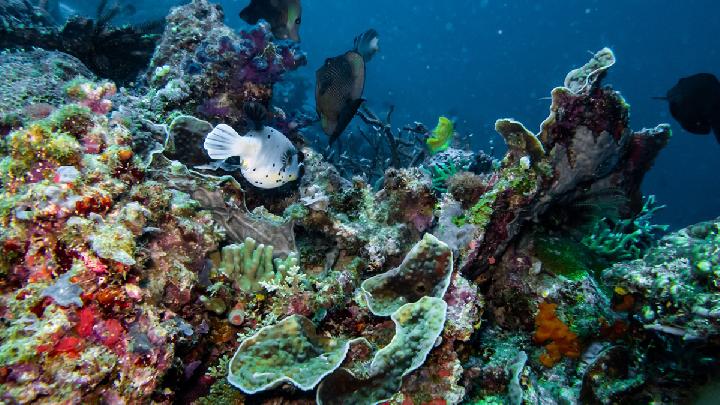By Annisa Lisya Bazlina
Copyright tempo

TEMPO.CO, Jakarta – UNESCO designated Raja Ampat in Indonesia as a Biosphere Reserve, a globally recognized area with unique ecosystems and innovative approaches to sustainable living. Among the 30 new biosphere reserves designated by UNESCO, Raja Ampat is considered the most biodiverse marine ecosystem on Earth.This milestone follows Raja Ampat’s earlier recognition as a UNESCO Global Geopark in 2023. This makes Raja Ampat one of the few sites in the world with dual UNESCO designations.The Raja Ampat Biosphere Reserve, spanning approximately 135,000 km2 across roughly 610 islands, atolls, and takas (of which only 34 are inhabited), lies at the heart of the Coral Triangle. The reserve boasts the world’s richest coral reefs, home to over 75 percent of the planet’s coral species, more than 1,320 species of coral reef fish, and five species of rare or endangered sea turtles, including the hawksbill turtle. Approximately 60 percent of its reefs are in good to excellent condition.As both a Global Geopark and a Biosphere Reserve, Raja Ampat is recognized for its exceptional geological heritage and rich biological diversity. It is a place where conservation, science, local knowledge, and sustainable development converge for the benefit of local communities and the planet. In the face of the world’s growing climate and biodiversity crises, UNESCO Biosphere Reserves offer a powerful yet underreported solution that is urgently needed. These “living laboratories” allow local communities, scientists, and governments to collaborate in three main ways: conservation, development, and understanding. Conservation involves protecting biodiversity, landscapes, and ecosystems. Development involves promoting sustainable economic and human development. Understanding involves supporting research, education, training, and knowledge exchange.More than 700 Biosphere Reserves span over 130 countries and cover more than 5 percent of the Earth’s land surface. These areas serve as models for balancing conservation and sustainable use for the 275 million people who live in them.Raja Ampat is a global beacon for ocean conservation. By combining marine and terrestrial protection with sustainable livelihoods, it supports biodiversity, cultural heritage, and climate resilience in one of the planet’s most vital seascapes.Editor’s Choice: 6 UNESCO Endangered World Heritage Sites: One in IndonesiaClick here to get the latest news updates from Tempo on Google News



